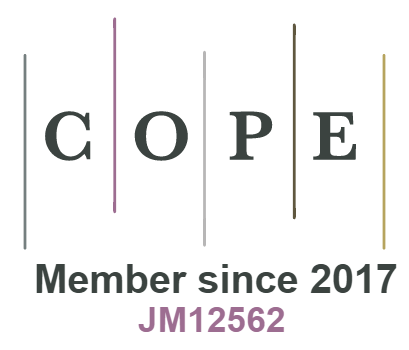Cloud Security - A Semantic Approach in End to End Security Compliance
DOI:
https://doi.org/10.18034/ei.v5i2.586Keywords:
Cloud computing, cloud security, Security compliance, SaaSAbstract
Many firms are seeing the benefits of moving to the cloud. For the sake of their customers' data, cloud service providers are required by law to maintain the highest levels of data security and privacy. Most cloud service providers employ a patchwork of security and privacy safeguards while industry standards are being created. The upshot is that customers of cloud services are unsure whether or not the security protections supplied by these services are enough to meet their specific security and compliance requirements. In this article, we have discussed the many threats cloud users face and emphasized the compliance frameworks and security processes that should be in place to minimize the risk. To categorize cloud security measures, risks, and compliance requirements, we developed an ontology. We needed to design software to identify the high-level policy rules that must be applied in response to each danger as part of this initiative. Additionally, the program provides a list of cloud service providers that now satisfy specific security requirements. Even if they aren't familiar with the underlying technology, cloud users may utilize our system to build up their security policy and identify compatible providers.
Downloads
References
Amin, R., & Manavalan, M. (2017). Modeling Long Short-Term Memory in Quantum Optical Experiments. International Journal of Reciprocal Symmetry and Physical Sciences, 4, 6–13. https://doi.org/10.5281/zenodo.5633992
Aslam, B. N., Mishra, R., and Thombare, S. (2015). Enhancement of Cloud Security through Scheduled Hiding of Data. International Journal of Computer Engineering and Technology (IJCET), 6(3), 24-32
Cloud Security Alliance. (2013). The Notorious Nine: Cloud Computing Top Threats in 2013, p8-p21.
CSA (2014). CSA security Guidance, v3.
Manavalan, M. (2016). Biclustering of Omics Data using Rectified Factor Networks. International Journal of Reciprocal Symmetry and Physical Sciences, 3, 1–10. https://doi.org/10.5281/zenodo.5633990
Manavalan, M., & Bynagari, N. B. (2015). A Single Long Short-Term Memory Network can Predict Rainfall-Runoff at Multiple Timescales. International Journal of Reciprocal Symmetry and Physical Sciences, 2, 1–7. https://doi.org/10.5281/zenodo.5622588
Manavalan, M., & Ganapathy, A. (2014). Reinforcement Learning in Robotics. Engineering International, 2(2), 113-124. https://doi.org/10.18034/ei.v2i2.572
Mather, T., Kumarswamy, S., & Latif, S. (2009). Cloud Security and Privacy: An Enterprise Perspective on Risks and Compliance, O'Reilly Media.
Mell, P. & Grance, T. (2011). The NIST Definition of Cloud Computing, (Special Publication 800-145).
NIST. (2011). NIST Cloud Computing Reference Architecture.
Ramgovind, S.; Eloff, M.M.; Smith, E., (2010). The management of security in Cloud computing. Information Security for South Africa (ISSA), pp.1,7, 2-4.
Subashini, S. & Kavitha, V. (2011). A survey on security issues in service delivery models of cloud computing. Journal of Network and Computer Applications, 34(1), 1–11
Taniya. (2013). Introduction to Cloud Security, International Journal of Electronics and Communication Engineering & Technology (IJECET), 4(7), 252-260.
--0--
Published
Issue
Section
License
Engineering International is an Open Access journal. Authors who publish with this journal agree to the following terms:
- Authors retain copyright and grant the journal the right of first publication with the work simultaneously licensed under a CC BY-NC 4.0 International License that allows others to share the work with an acknowledgment of the work's authorship and initial publication in this journal.
- Authors are able to enter into separate, additional contractual arrangements for the non-exclusive distribution of the journal's published version of their work (e.g., post it to an institutional repository or publish it in a book), with an acknowledgment of its initial publication in this journal. We require authors to inform us of any instances of re-publication.









